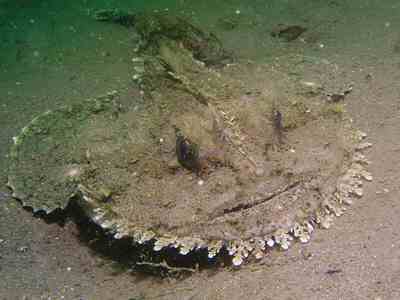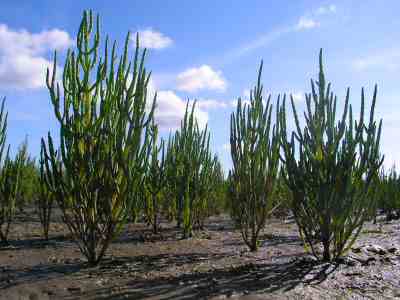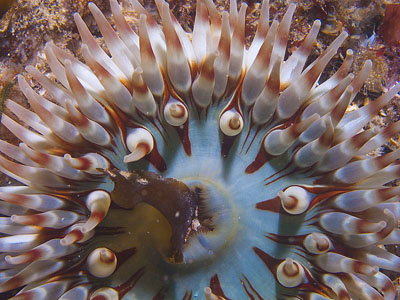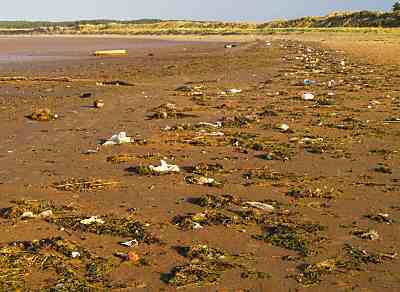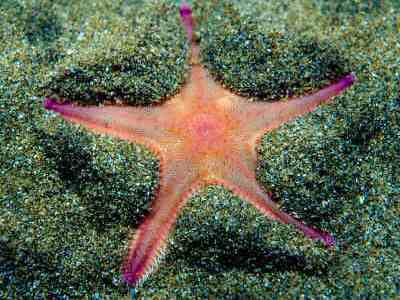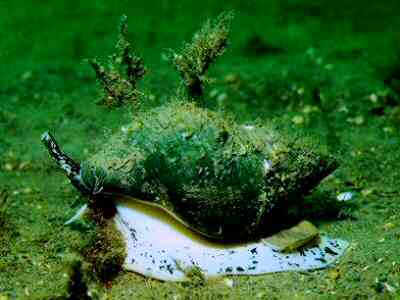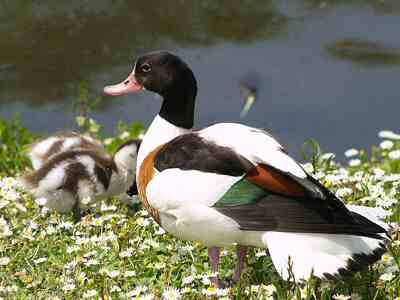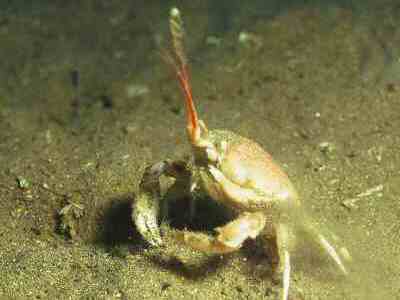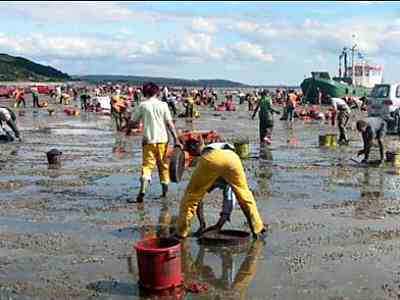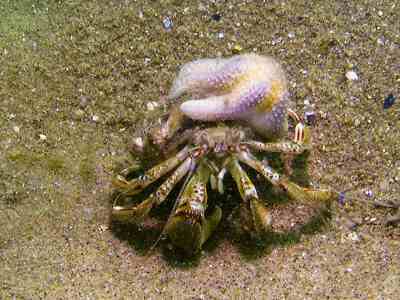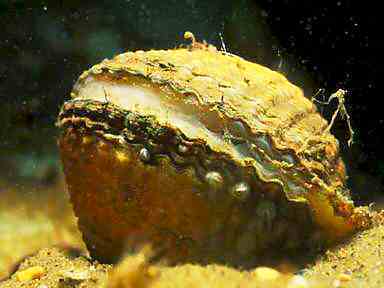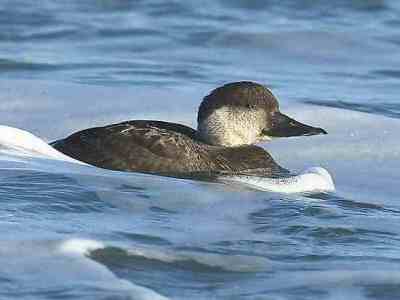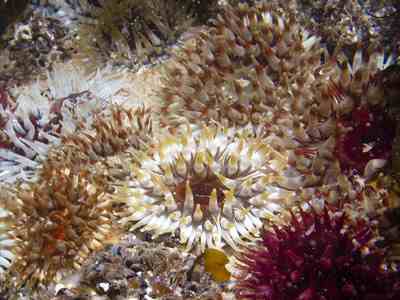Legislation
The legal background. Â What are European marine sites? Â Where do they come from, what are they for and why?
The framework for worldwide action is the United Nations Convention on Biological Diversity. Â At the 1992 Rio Earth Summit, the International Convention on Biological Diversity was signed by 150 government leaders, pledging them to ensure that all economic decisions fully took into account any environmental impact and to adopt Agenda 21, a blueprint for action to achieve sustainable development worldwide.
A decade later in 2002 at the UN World Summit on Sustainable Development in Johannesburg, governments further committed themselves to significantly reducing the rate of biodiversity loss by 2010.
The European Union has been legislating and taking action to safeguard biodiversity since the 1970s, and has also set itself the objective of halting biodiversity loss in its own territory by 2010.
The European Union adopts legislation in the form of Directives and Regulations. European Directives require member states to implement their provisions nationally for the benefit of Europe as a whole. Regulations directly implement EU policy in member states without the need for member states to enact their own legislation.
European Union nature conservation policy is based on two main pieces of legislation, the 1992 Directive 92/43/EEC on the Conservation of natural habitats and of wild fauna and flora (the ‘Habitats Directive’) and the earlier 1979, Directive 79/409/EEC on the conservation of wild birds (the ‘Birds Directive’).
 These Directives provide for the protection of animal and plant species of European importance and the habitats which support them, particularly through the establishment of a network of protected sites – the Natura 2000 series – Special Areas of Conservation (SAC) under the Habitats Directive, and Special Protection Areas (SPA) under the Birds Directive.
These Directives provide for the protection of animal and plant species of European importance and the habitats which support them, particularly through the establishment of a network of protected sites – the Natura 2000 series – Special Areas of Conservation (SAC) under the Habitats Directive, and Special Protection Areas (SPA) under the Birds Directive.
The Habitats Directive requires Member States to introduce a range of measures including the protection of the 189 habitats listed in Annex I of the Directive and the 788 species listed in Annex II, to carry out surveillance of the protected habitats and species and produce a report every six years on the implementation of the Directive.
In the UK, the Habitats Directive is transposed into national law by the Conservation (Natural Habitats, &c.) Regulations 2010 (the ‘Habitats Regulations’; supercedes the 1994 Regulations).  SACs and SPAs on land or freshwater or in intertidal areas are already designated as Sites of Special Scientific Interest (SSSIs).  Special provisions are included in the regulations for marine areas.  Natura 2000 areas that include an area of sea or seashore are known as European marine sites (EMS).  EMS may either be a single marine Special Area of Conservation (SAC) or Special Protection Area (SPA) or a combination of overlapping marine SACs and SPAs.
The Habitats Regulations identify specific public bodies as relevant authorities and make them jointly responsible for the conservation and management of EMS.  In common with most other EMS, the Carmarthen Bay & Estuaries relevant authorities are working together collaboratively as the site’s Relevant Authorities Group. The work of the Group is described in the management pages
The Regulations require the statutory nature conservation agencies (in our case the Countryside Council for Wales, CCW) to identify the conservation features of the site, advise the other Relevant Authorities of the conservation objectives and of activities that may damage or disturb the conservation features of the site (Regulation 35 advice).
The Regulations also identify ‘competent authorities’ – all statutory bodies or public offices with legal powers on land or at sea.  Competent Authorities must exercise any functions or powers relevant to marine conservation in such a way as to meet the requirements of the Habitats Directive.   One of the most important obligations on competent authorities is that they must assess against the conservation objectives all plans or projects that they are responsible for permitting or consenting, and only consented or permit them if it can be shown that they will not adversely affect the features and the site.
Government policy requires that owners and occupiers, right-holders, local interests, user groups and conservation groups should be encouraged to participate in the process of developing the scheme. Â Click here for information on having your say.
The legal background. Â What are European marine sites? Â Where do they come from, what are they for and why?
The framework for worldwide action is the United Nations Convention on Biological Diversity. Â At the 1992 Rio Earth Summit, the International Convention on Biological Diversity was signed by 150 government leaders, pledging them to ensure that all economic decisions fully took into account any environmental impact and to adopt Agenda 21, a blueprint for action to achieve sustainable development worldwide.
A decade later in 2002 at the UN World Summit on Sustainable Development in Johannesburg, governments further committed themselves to significantly reducing the rate of biodiversity loss by 2010.
